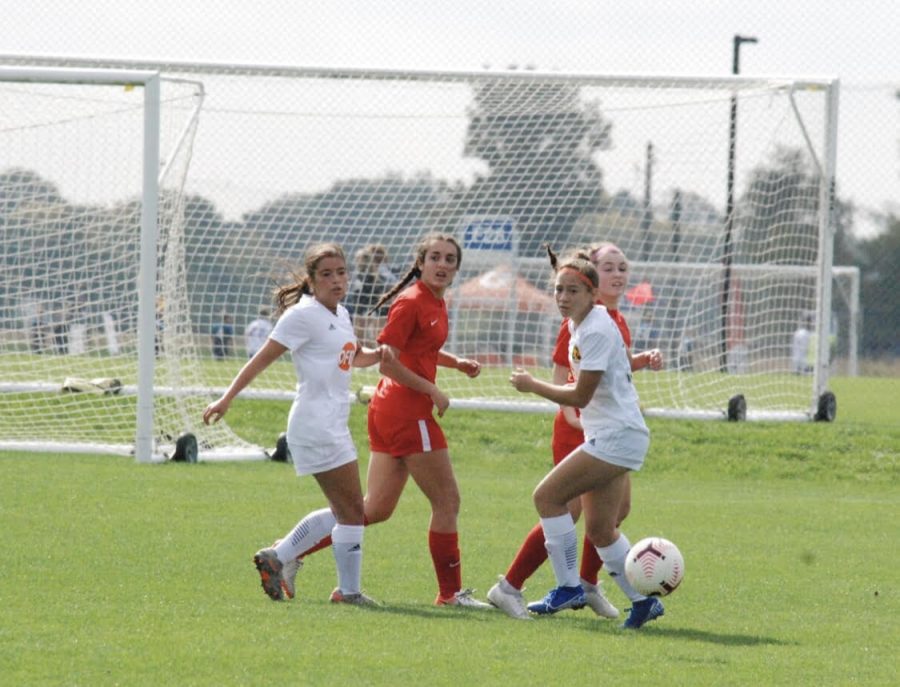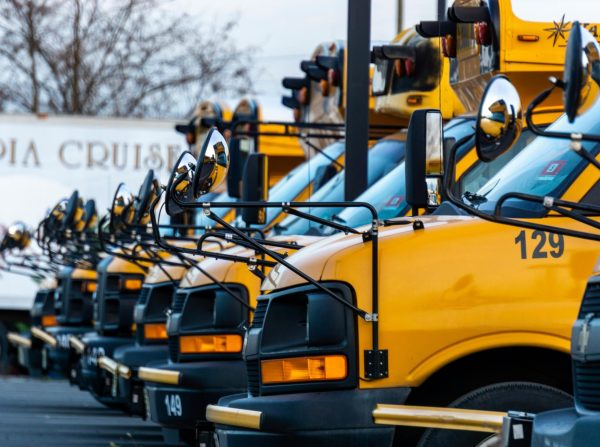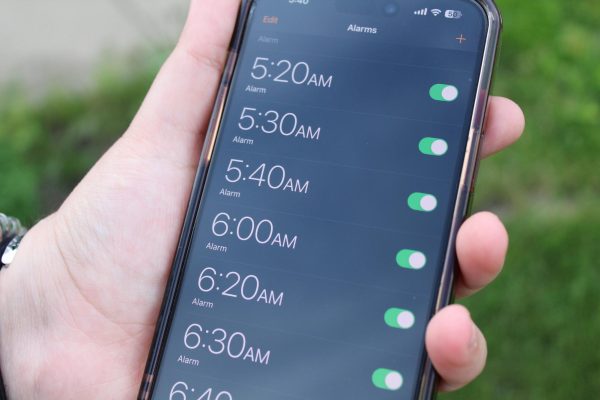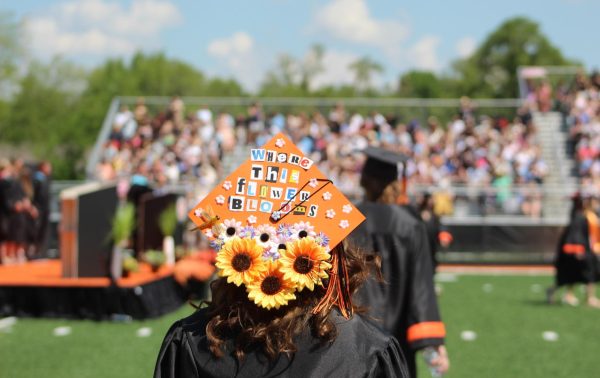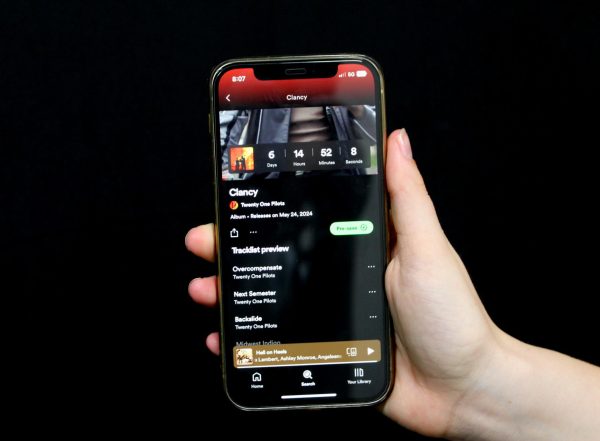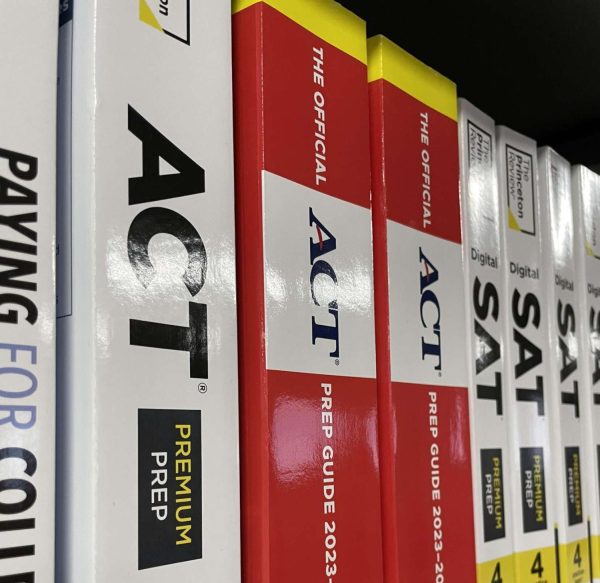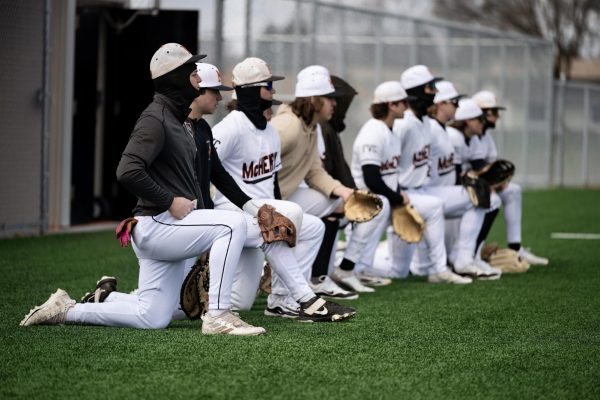Outpacing the pandemic
In the midst of a pandemic, as most school-related sports have been cancelled, athletes playing travel sports balance safety and passion
John Ricaurte
Sophomore Mara Torres plays with her travel game during a soccer tournament this summer despite concerns about COVID-19. With IHSA sports paused or changed, athletes and their have to carefully consider whether to continue travel sport
December 8, 2020
A travel soccer player dribbles her way down the field, using her skills that she’s practiced for so long. She pushes past the other teams defense, then kicks the ball past the goalkeeper and scores. She feels great, but is it safe? With COVID-19 cases increasing daily and most schools still being shut down, people must ask themselves what’s safe, what’s necessary, and how to find a balance between these two sides.
“The risk is undeniable, but we are continuing to social distance ourselves, sanitize, and wear our masks in order to try and contribute to the end of this virus,” says sophomore Mara Torres. “My team is ranked fairly high in the state, so we’ve been invited to attend college showcases and will have to go on an airplane and stay at a hotel.”
Because travelling during a pandemic has been discouraged by the CDC, Torres and her family have opted to take on exciting opportunities while remaining as safe as possible.
“We recently just got back from the Indiana showcase,” Torres adds. “All the employees and guests were required to wear masks outside their rooms. My family personally disinfected our room, clothes, and hands before taking off our masks and settling in.”
While most players and their teams are doing a good job of staying safe, there is still a risk based on what they do and where they go.
The CDC has ranked the risks from lowest to highest, showing that the lowest risk is performing drills for conditioning at home, alone, or with family members. The increasing risk is team-based practices. More risk comes from within-team competition. The nearly highest risk is full competition between teams from the same area. Finally, the highest risk is full competition between teams from different areas.
With these risks in mind, families must decide for themselves if their child’s sport is safe. In order to do so, they can ask themselves some questions. .
According to NYU Langone Health, these include, “Does your child play a contact sport?”, “What is your local COVID-19 incidence rate?”, “Has your child had COVID-19?”, What is your child’s risk of COVID-19 complications?”, “What is the league doing to reduce transmission risk?”, “What is the league protocol if a child tests positive?”, “Are rules and routines being adapted to reduce risk?”, “Does your child feel safe returning to sports?”, “How long has your child been sedentary?”, and “What is your role as a parent?”
Once the family has assessed their situation and safety, they must decide if it’s okay to be doing travel sports right now. Especially with the COVID spike, it’s important to ask what is absolutely necessary during these challenging times like some teams are doing.
Torres and her family have had to make these tough decisions. “We were actually supposed to be in North Carolina for another college showcase,” she said, “but with growing COVID cases and teams dropping out of the tournament, the USYS has decided it would be more efficient and safe for a postponement”



